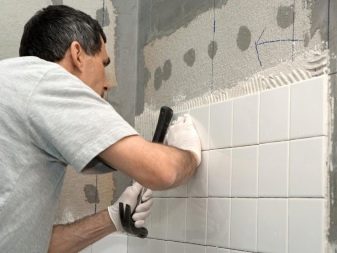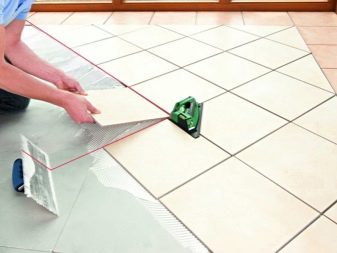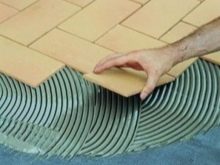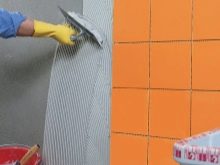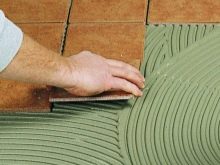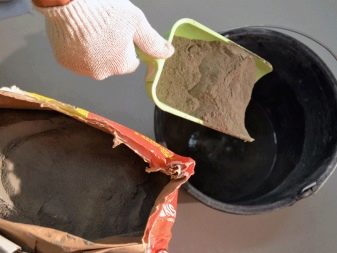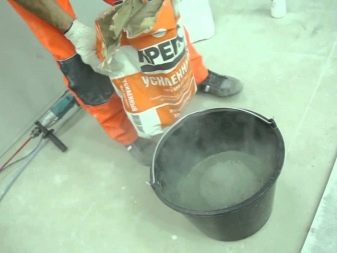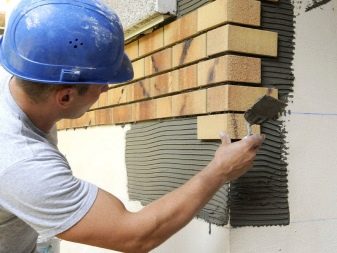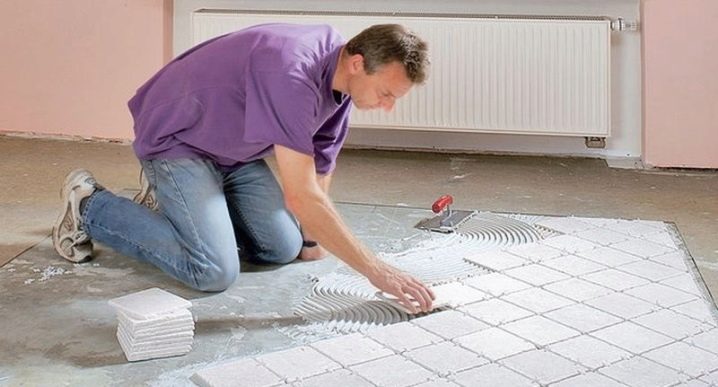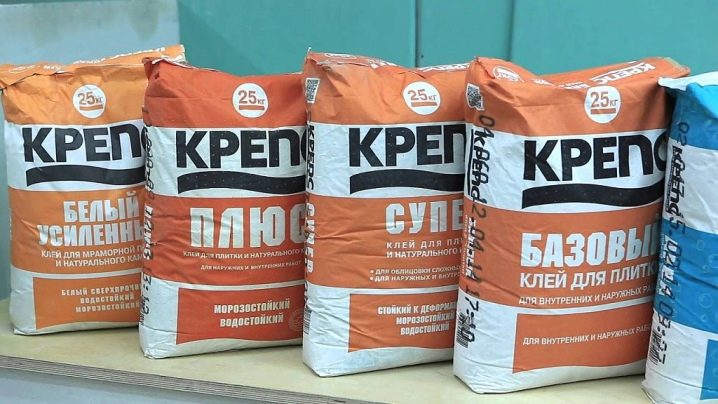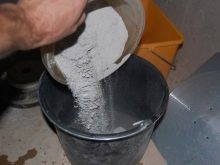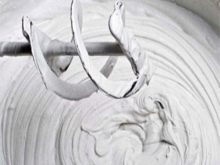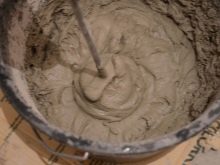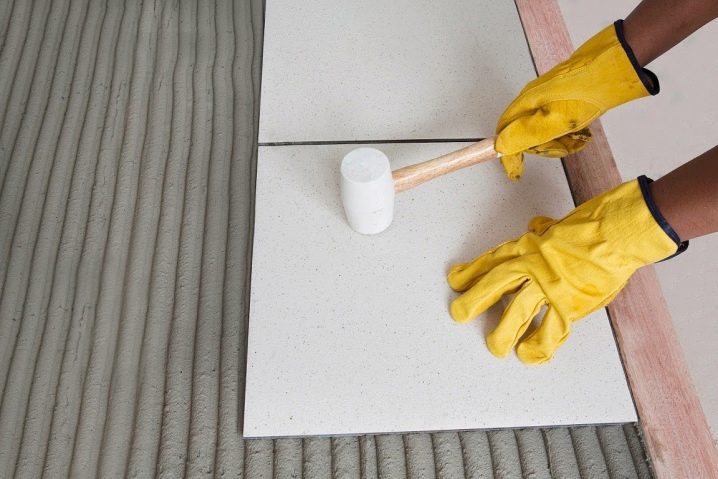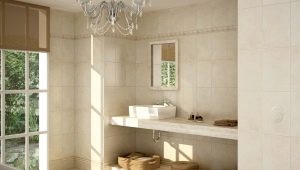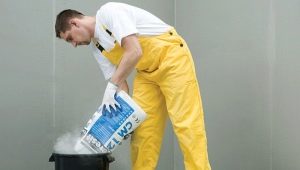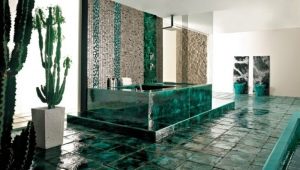Kreps tile adhesive reinforced: characteristics and scope of application
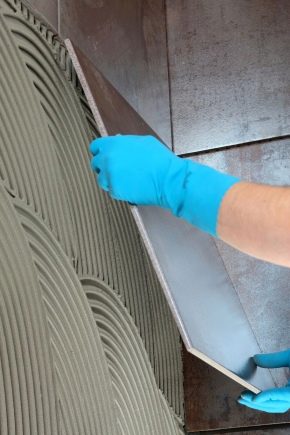
If the tile is mounted in conditions that can be called extreme, it is better to choose reinforced glue for tiling. Many tilers prefer the adhesive composition "Kreps". This material is characterized by increased resistance to heavy loads. Consider its technical characteristics, features, scope.
Special features
"Kreps" - adhesives, which are distinguished by reliability and excellent adhesion. They are resistant to vibration, chemical, temperature and other influences. Such materials are sold in various packages (for example, 25 kg each). Before use, they must be diluted with water. Properly diluted glue is similar to a pasty mass, which is characterized by increased density and elasticity.
Similar adhesives can be used for porcelain tiles., marble tiling and other mineral products.
This adhesive is suitable for facade walls, bathrooms, terraces, outdoor areas. It can be used in swimming pools.
There are several types of this glue:
- Reinforced. Provides excellent adhesion of tiles with the base, suitable for fairly heavy coatings. Such glue differs in a gray shade.
- White reinforced. In such materials there are dyes. They are often used in the installation of glass tile.
- Super. This adhesive is universal, which allows it to be used for finishing surfaces of various types (for example, glass, plastic).
- Express. This material dries quickly because it contains special catalysts. Usually five hours are enough for absolute drying.
Description
To get reinforced glue, you need to dilute the material in water, given the proportions written on the packaging.
The composition of such adhesive compositions include:
- additional components that improve the mixture;
- fine sand;
- cement.
With the help of such materials you can glue artificial and natural stone, porcelain stoneware, ceramic tile products.Coatings are attached to vertical (walls) and horizontal bases (ceiling, floor).
Reinforced glue "Kreps" suitable for exterior and interior decoration.
Using such material, you can glue tiles on:
- drywall;
- cement-lime surfaces;
- concrete (including cellular);
- tongue-and-groove bases;
- cement;
- reinforced concrete.
In the implementation of external finishing work tiles should be placed at a small height. If you want to place tile materials quite high, you need to take care of additional mechanical fastening.
Advantages and disadvantages
Strengthened material "Kreps" has become popular, thanks to a number of advantages.
Among the most important positive qualities for consumers are several:
- Cost-effective. A single bag of material is sufficient to process a large surface area. However, it is worth noting that the consumption as a whole depends on the skill of the tiler and the type of foundation.
- Quick drying With the right composition of the desired consistency, it will dry within 24 hours.
- High quality at an acceptable cost. This glue stands out noticeably against other analogues.It is distinguished by high adhesion, while the cost of the material allows its acquisition for a large amount of work.
- Resistant to liquid. Reinforced adhesive material is suitable for use in rooms where humidity is high. After drying, he is not afraid of water vapor, so it can be used when performing the lining of the floor and walls of the bathroom.
- Resistance to high and low temperatures. You can use such material for fireplaces and stoves, without fear that tile coatings will begin to flake off over time.
- Resistance to slipping. In the process of gluing vertical surfaces of the composition does not slip down, if properly knead the solution.
If we talk about the shortcomings of the compositions "Kreps", we can note the need to have experience working with such materials. If you are not confident in your skills, it is better to turn to experienced tilers. It is necessary to monitor the amount of adhesive. If the thickness is large, the tile will slip. If the layer of glue is insufficient, tile or other glued products may eventually lag behind the surface.
Subtleties of use
You can achieve remarkable results of finishing work only if you follow a number of rules. It is necessary to carry out finishing in a certain order.
Training
First you need to properly prepare the mixture, according to a small instruction:
- Pour clean liquid into a deep bucket or basin.
- Pour the material into the prepared container.
- Then you need to thoroughly mix the solution: it should not be lumps. This can be done manually or with a punch.
- Wait about 10 minutes.
- Stir the material again.
After this composition will be ready to work. The temperature should be at room temperature: in case of violation of the conditions, the material properties may deteriorate. Lining can be done only on a clean and prepared surface. It should not be dust, dirt. It is important that it is a smooth and degreased primer.
Assembly work
Using reinforced glue, you need to consider some recommendations:
- To carry out finishing work is possible only if the temperature is positive.
- It is better to apply the glue with a notched trowel.
- The base must be resistant to deformation and shrinkage.
- If the adhesive is on the skin or mucous membranes, rinse them thoroughly with water, without waiting for the composition to dry.
- Do not forget about the personal protective equipment that is recommended for use in the implementation of finishing works.
- Allow the glue to dry completely; do not step on the floor lining until the glue is completely dry. The drying coating should not be exposed to mechanical shock.
- Grouting can be done in a day or two.
It is recommended to attach tile materials to the surface immediately after using the adhesive. Otherwise, the glue will harden, it will be difficult to finish. As long as the adhesive does not freeze, you can adjust the position of the products if necessary.
The optimum layer thickness is about 5 mm. In cases where the base is uneven, you can increase it by a few mm.
Laying floor tiles with adhesive for tiles "Kreps" reinforced.
